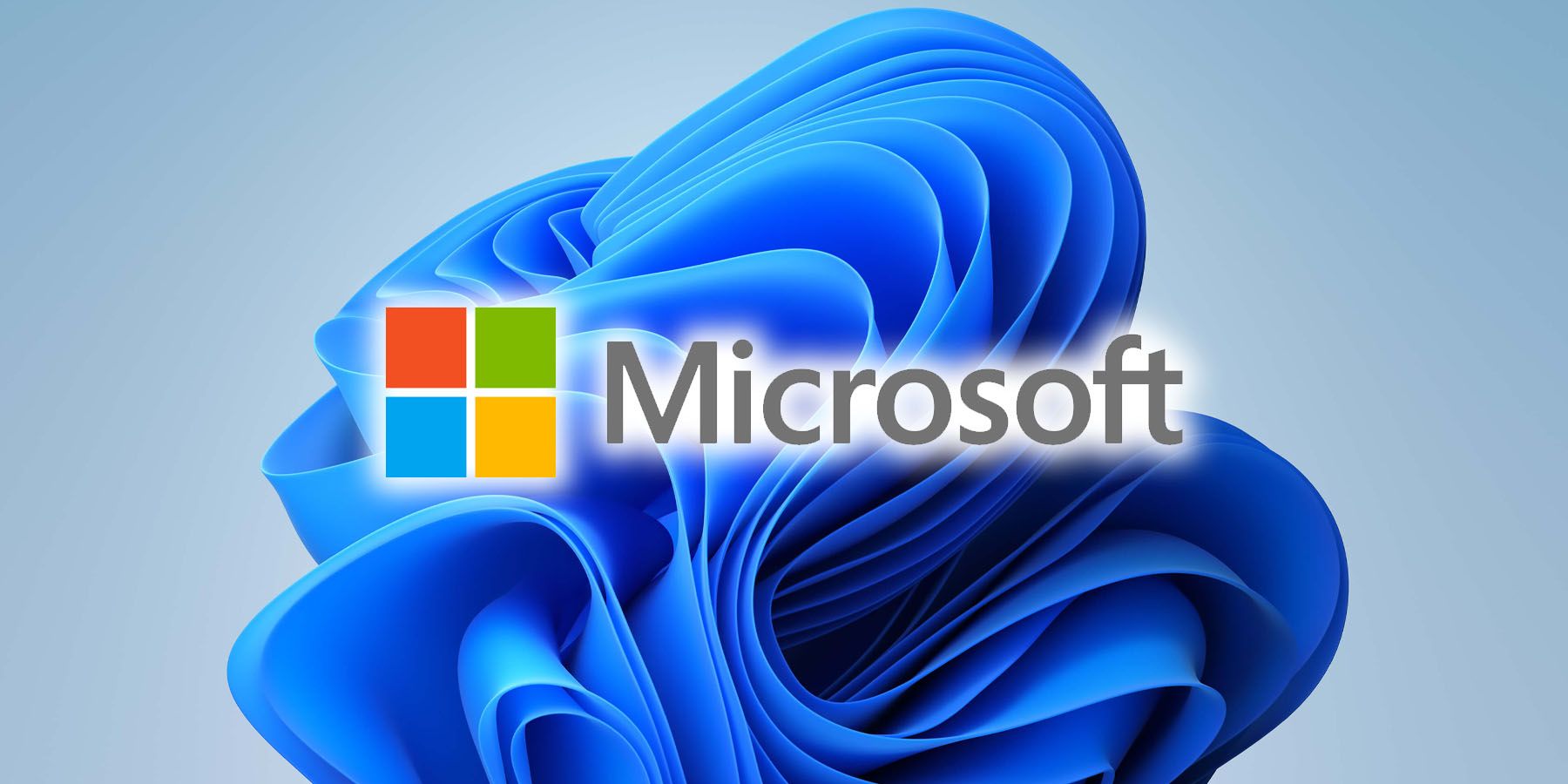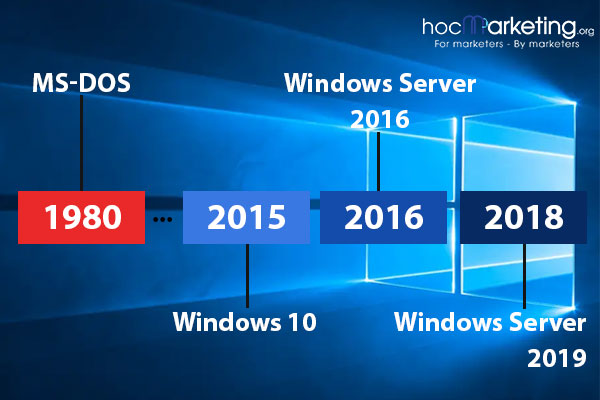
Microsoft Integrates USB 4 Version 2.0 in Windows 11: Enhancing Display and Storage Capabilities for Gamers and Users

Microsoft's latest update for Windows 11 brings USB 4 Version 2.0 support, doubling the bandwidth and enhancing display and storage capabilities. This article explores the impact of this integration on the Windows 11 experience, gaming performance, and the broader user base.
The Evolution of Windows 11: Pursuit of Enhanced Data Transfer Speeds
Microsoft's latest update for Windows 11 marks another key development with the announcement of USB 4 Version 2.0 support. This upgrade echoes Microsoft's continuous pursuit of enhanced data transfer speeds, in addition to previous developments like letting Windows 11 users control their RGB lights without a secondary app to establish a unified RGB management platform.
Microsoft Windows 11
Microsoft's history of targeted enhancements reveals a focus on performance enhancement compared to other aspects. It revealed the Copilot AI Assistant for Windows in an earlier development, whose testing began in June, and brought Windows aboard the AI bandwagon. This was fueled by the rising popularity of chatbots like Microsoft’s Bing AI, ChatGPT, and Google’s Bard. AI’s exponentially increasing adoption and implementation continues to drive substantial AI investments by companies like Microsoft.
USB 4 Version 2.0: Doubling Bandwidth and Impact on Applications
USB 4 Version 2.0 support will double the bandwidth of the original USB 4, resulting in transfer speeds of up to 80Gbps from the current 40Gbps, according to a new Windows 11 preview build released by Microsoft. This advancement is critical for high-performance applications, including advanced displays and fast data storage solutions. Backward compatibility ensures the new standard won’t render existing peripherals obsolete. Microsoft's decision to support USB 80Gbps in systems equipped with Intel's 14th-Gen HX-series mobile processors precedes this development.
The enhanced bandwidth could make multitasking and data-intensive operations more efficient, impacting how users engage with various peripherals and enhancing the overall Windows 11 experience across multiple use cases. As the Windows OS continues to evolve, measures like phasing out legacy features such as Cortana in favor of more advanced capabilities indicate the company's attempts to fulfill hardware requirements across a broad user base comprising gamers, cloud computing users, and remote workers.
Balancing Innovation and Stability: Impact on Gaming Experience
Microsoft's experimentation with a Handheld Gaming Mode in Windows 11, alongside its support for high-end devices such as the Razer Blade 18, signals a clear long-running intent to draw in a broader gaming demographic. Yet, it's crucial to consider the real-world impact of these updates on the gaming experience. For instance, a Windows 11 update last year inadvertently disrupted Red Dead Redemption 2, echoing previous concerns like diminished gaming performance due to security updates and challenges faced by AMD users. These instances highlight the delicate balance Microsoft must maintain between advancing its OS with innovative features and ensuring stable, optimized performance for the gaming community. This balance will be key in shaping gamer confidence and enthusiasm for future Windows iterations.














